
surfresearch.com.au
glossary
: c
| home | catalogue | history | references | appendix |
 |
surfresearch.com.au
glossary
: c
|
|
|
|
|
|
|
|
|
|
|
|
|
|
|
|
|
|
|
|
|
|
|
|
|
|
|
|
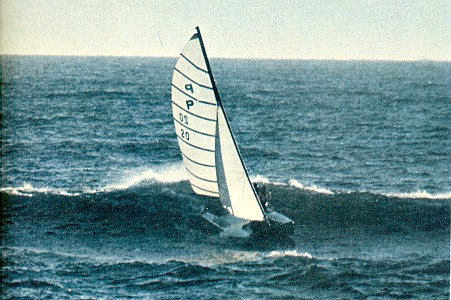
| cavitation
lack of forward thrust of the fin , possibly caused by air pockets not releasing from the fin. Rarely experienced by surfboard riders, but a common problem for sailboards. Note use of Canard and Slotted fins as a solution for sailboards. |
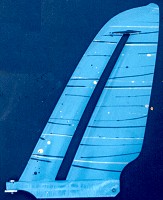 |
 Jim Pollard Surfboards Channel
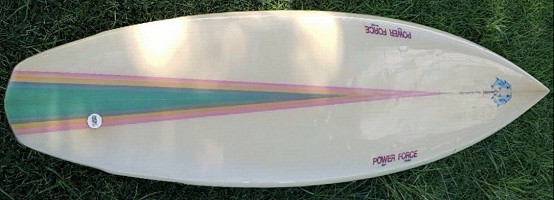 |
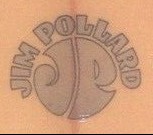 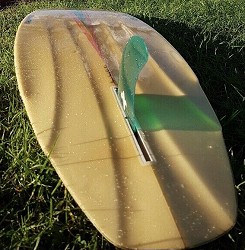 |
 Free Flight Surfboards
Channel
 Power Force Surfboards Channel Shaped by Gordon Knight, 1979. |
| 3.Stepped Tail
concave in tail. Dual nose and tail deck concaves featured on UFO by Rick Surfboards (USA) 1967. 4. Knee Wells - twin concaves in the deck to aid kneel-paddling .Image right. Common feature on modern paddle boards. |
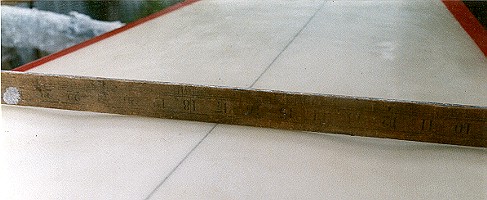 |
| Coolite A generic brand name for a short (5 ft) molded polystyrene foam board used principally by juveniles, 1970’s. Advanced models used a molded rubber fin, e.g. Midget Farrelly model. In the 1980’s models were inserted in a woven fabric cover to limit foam damage. Term origin : polystyrene foam was first marketed circa 1958 in Australia as a low-cost portable insulated food or beverage container, brand name ‘Coolite’. First models bore the Coolite brand. Olympic Surf Rider Board - circa 1960, marketed in a cardboard box with illustration of a prone female rider on a red board. Subsequent brands include Midget Farrelly, Pipeliner. The biggest selling coolite prone board, circa 1978?, was vailable at Kentucky Fried Chicken stores for $1.00 (?) with the purchase of a large bucket of chicken. Image below, emailed by Macka, September, 2011. |
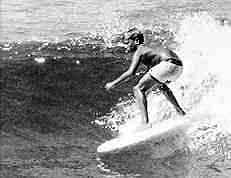 |
| custom a board shaped and/or decorated and/or glassed to a rider’s specifications. Noye that some decals specify Custom, when they are not. Image right... Weiss (Pty. Ltd?) was a fishing supply store in central Sydney, As reported by Bob Niblock.. "Weiss as you may know was a friggin
Fishing shop in Broadway and I always had to do a lot
of explaining to the guys when I carried it onto the
beach!!!!!".
|
| cut lap indented rail line where the fibreglass (Volan) has been trimmed by a knife Common usage 1960 to 1976. Modern S glass is free-lapped. |

|
|
|
|
|
|
|
|
|
|
|
|
|
|
|
|
|
|
|
|
|
|
|
|
|
|
|
| home | catalogue | history | references | appendix |